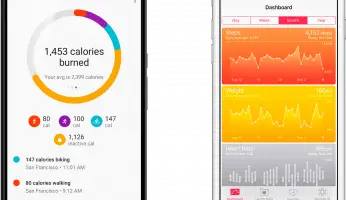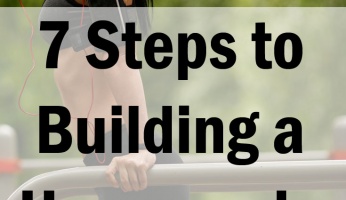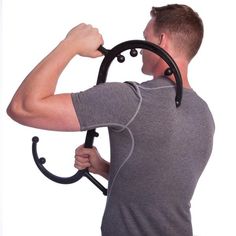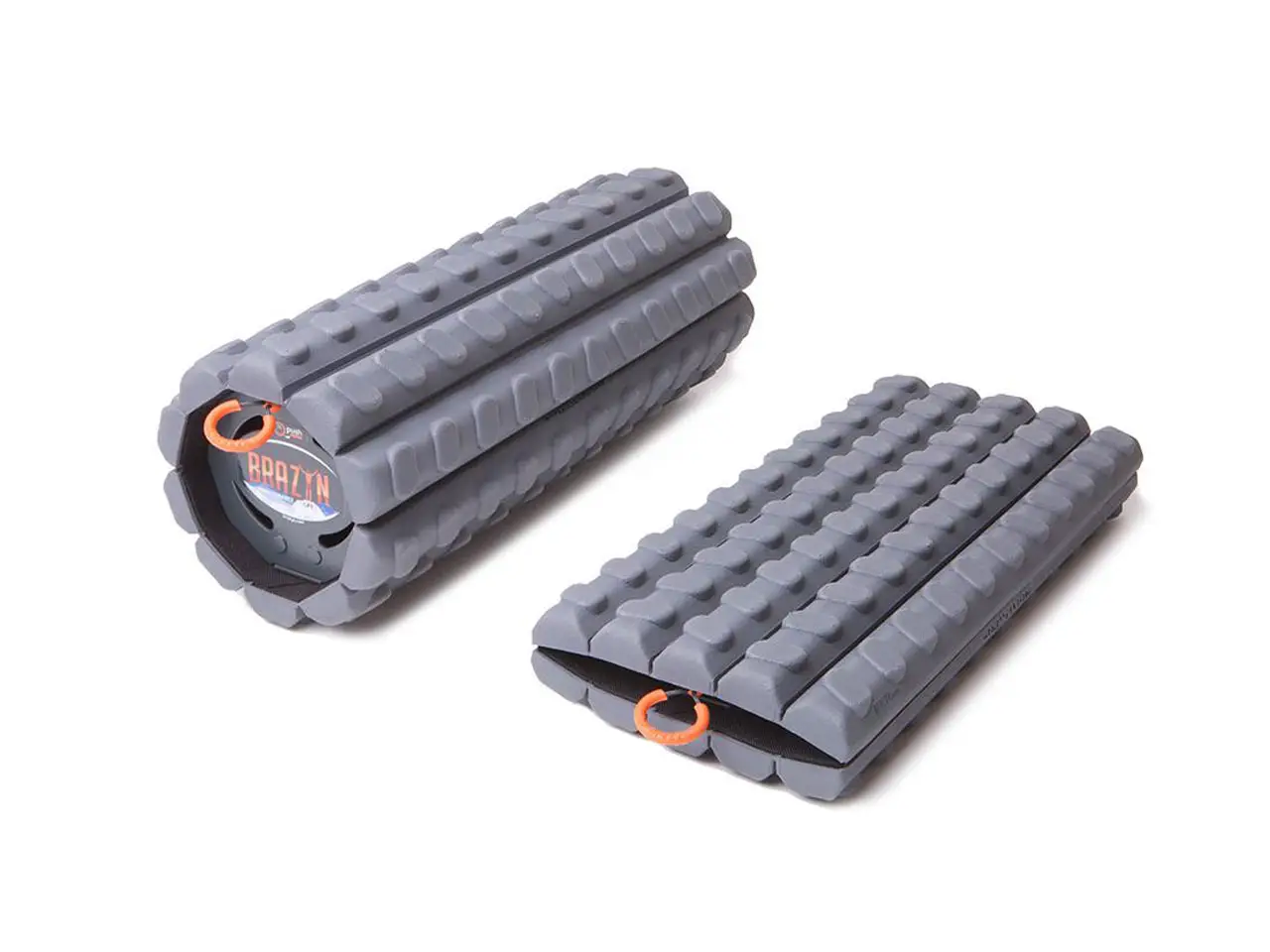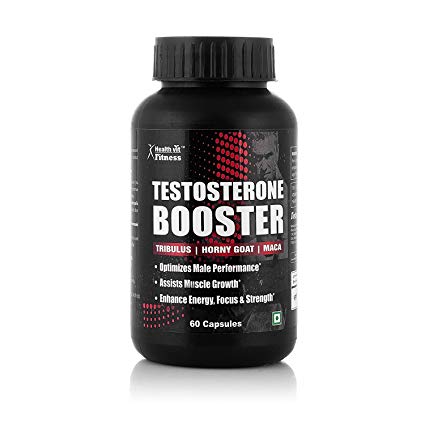Benefits of Foam Rolling
Why Foam Rolling?
Foam rolling has become a hugely popular fitness trend over the past few years. It has been embraced by coaches, professional athletes, and general fitness enthusiasts due to the benefits of foam rolling. The popularity of foam rolling has been organic through word of mouth as opposed to manufactured publicity.
Foam rolling’s popularity is due to the fact that it works and there are a lot of benefits of foam rolling. It will bring instant pain relief, improve your posture, your performance and improve and maintain your range of motion. If you are not experiencing the benefits of foam rolling, it’s high time that you began.
Foam Rolling Benefits
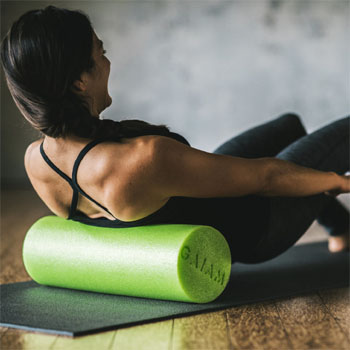
A foam roller is a device that you use in order to give yourself a sports massage which will help you feel the benefits of foam rolling. It is a cylindrical pad made of foam that you position between your body and a fixed surface. Using your body weight and a foam roller, you can target problem areas of muscle and fascia, while increasing your flexibility and recovery time following a workout.
A myofascial release foam roller works by softening fascia. Fascia is a fibrous tissue that connects and secures other structures to each other. In effect, it wraps muscle fibers together. Fascia can get stuck, inhibiting the ability of a muscle to move freely. Fascia is bathed in ground substance, a lubricating gel that responds to movement, which turns it from a thick gel into a fluid liquid. Foam rolling facilitates this process.
Warming up with a foam roller can greatly reduce the severity and likelihood of injury. It will activate the muscle and begin to pump blood through the area. This decreases recovery time. Using a foam roller after foam roller exercises mimic a deep tissue massage. This provides the dual benefits of increased blood flow which helps carry nutrients and oxygen to the muscles and the removal of toxins.
Getting to Know Foam Rollers
Standard foam rollers come in a range of colors to indicate their level of denseness. The softest foam roller is white. Then comes blue, followed by green, which is of medium density and finally black rollers, which are the firmest density of all.
EPA and EVA Foam Rollers look like flotation devices and range from relatively soft to very dense. If you foam roll on the carpet in your home, you will want to make sure that you buy a roller that is dense enough to move on carpet. Some rollers are so light that they will not move very well on carpet.
The basic foam rollers are the cheapest type of roller on the market, usually selling for between twenty and thirty dollars. Then you move up to the more high end patented rollers. A good example is the Rumble Roller, which features a whole lot of spiky nodule protrusions from the rollers. These types of foam roller with bumps are no longer made from foam but usually are constructed from some type of polyethylene plastic compound.
The Correct Way to Foam Roll
If you are a strength athlete or do any type of foam roller exercises at all you absolutely have to get some type of tissue work done. You either have to go to a massage therapist or you have to do it yourself. Using a foam roller will save you a lot of time and money but only if you do it right.
When a lot of people foam roll, they do it very quickly, going up and down and in a continuous motion. All the while their muscular system is resisting against the foam roller. Your nervous system is battling against the foam roller causing a lot of unnecessary pain. This will always be painful and will never allow you to achieve the soft tissue release that you’re trying to achieve.

The better way to foam roll is to identify your hotspot and then, rather than rolling up and down vigorously, start at the top of the muscle and just stay there. Let the foam roller rest right on that spot. You’ll notice right away that there is a resistance in the muscle against the foam roller. Breathe deeply and meditate on allowing the roller to work gently on that one spot. The muscle tissue will slowly start to soften and relax. No longer are you fighting against the foam roller. Rather than doing foam rolling you are now allowing foam rolling.
The key to foam rolling success is to take your time. Allow the pressure to stay on the muscle. By reducing the intensity of the action and virtually going to sleep while you are on the roller you will have much more success.
Should You Foam Roll the Lower Back?
There is a lot of confusion as to whether it is okay to foam roll the lower back. The belief is that it is not advisable to foam roll the lower back because people’s spinal muscles will contract and spasm, therefore negating the whole point of rolling the lower back. Most people cannot control the position of the spine when they are lying on a foam roller with a diameter of 5 inches, which is the typical diameter of most foam rollers on the market. If you are rolling on one of these 5-inch diameter rollers and you totally relax your lower back, you are going to go into hyperextension at the lumbar spine. This is not a good thing.
Another concern with the benefits of foam rolling when it comes to the lower back is that if you don’t relax completely, you may contract all of your trunk muscles, including your spinal erectors. You will possibly end up contracting muscles that you were trying to relax and will end up at best spinning your wheels and at worst causing yourself injury.
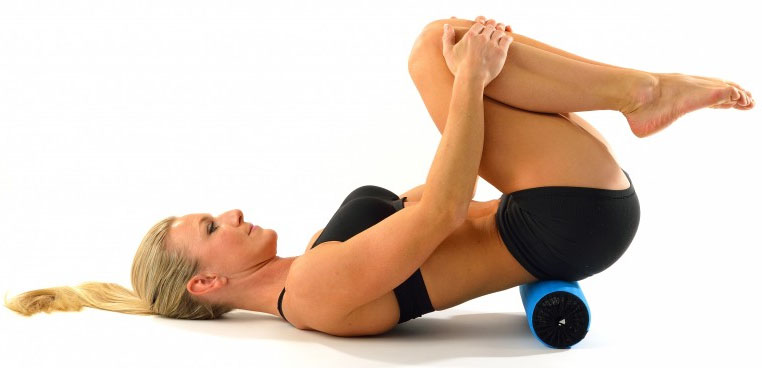
These concerns certainly have merit and apply to some people. But they don’t apply to everyone. For example, if you are an advanced athlete or just someone who is very well conditioned and you have a lot of interior core strength and stability, you should have enough neuro-muscular control to contract the front of your body while releasing the spinal muscles at the back while you’re rolling out.
If you decide that you are a person who can safely roll your lower back then you need to keep your interior core muscles nice and tight. Never let your abs relax. Keeping them tight will bring some relaxation to the lower back. Relaxing your lower back muscles while keeping your abs contracted will allow you to keep your spine in a neutral position. This will allow you to get tissue release in the lower back.
To prepare your lower back for foam rolling you might want to do some simple stretching exercises such as the child’s pose. You can also do some core strengthening moves like the plank.
A few Of The Dangers With Foam Rolling
-
Roller Density
The density of a foam roller should correspond to the density of the person using it. That means that if you have a lot of muscle mass and a lot of tissue and fascia within the muscle, then you would do better with a more dense roller. Something like a grid roll with a hand-wrapped core would be better suited to you because it will penetrate into the tissue and give you more release. You will also do not have to worry about putting pressure directly on your bones or your joints because they are more insulated.
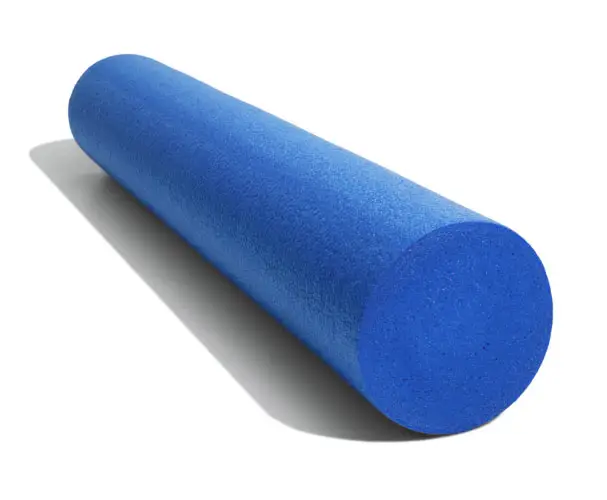
On the other hand, if you are somebody who’s just starting off in fitness and you don’t have a lot of muscle tissue, then a hard dense roller is not going to work well for you. It will penetrate right through your muscle tissue and put pressure on your ribs and joints and the rest of your structure. That is not what you want. You should be using the foam roller for deep tissue massage. Putting pressure directly on the bones is never a good idea. As a new exerciser, you are much better off with a less dense foam roller. A 100% foam roller is preferable than a grid roller, which will be too rigid.
Another key to successful foam rolling is to keep pressure off your lower ribs. Your lower ribs a very mobile and small. There is not a lot of tissue around them to protect them. If you roll over this area on your foam roller while using all of your body weight It is very easy to either fractured or dislocate those ribs. This will often happen when people have been rolling their lower back or their lats. To avoid this problem and enjoy the benefits of foam rolling, keep the roller nice and high when you are working the lats. When working the mid-back stays central into the spine.
-
Don’t Make This Mistake
The IT bands run along the outside of your thigh down to your knee. It is covered with myofascial tissue. When you use a foam roller, it stretches and squeezes the IT band, while making the glutes longer. Often, people have weak glutes. Stretching them out makes them weaker still. This is not helpful for the glutes or the IT bands. Yet, it happens when people place the roller under their butt and attempt to work for the IT bands.
The better way to work the IT bands is to place the foam roller under the tensor fascia in the front of the hip. So we can see that the direction of the foam roller makes all the difference. If you just roll it up and down your leg in a blanket fashion, you will not be helping yourself. You don’t want to just get on the roller and roll back and forth in the direction of your glute muscle fibers. In fact, you should roll it in the opposite direction to your muscle fibers. By targeting the tensor fascia and rolling in the direction of that muscle group, you will be able to directly improve the IT band pain that you are experiencing.
Conclusion
The benefits of foam rolling are a fantastic way to treat yourself to a deep massage sports therapy session before during and after your foam roller exercises. Once you experience the effects of foam rolling, you will never want to be without this simple device. Follow our guidelines in this article to discover what is the best foam roller to buy on the market. If you feel that a foam roller just doesn’t suit you, why not check out these best foam roller alternatives which are no less effective. Your body will thank you for the extra care and attention that getting into the benefits of foam rolling habit will bring to it.

